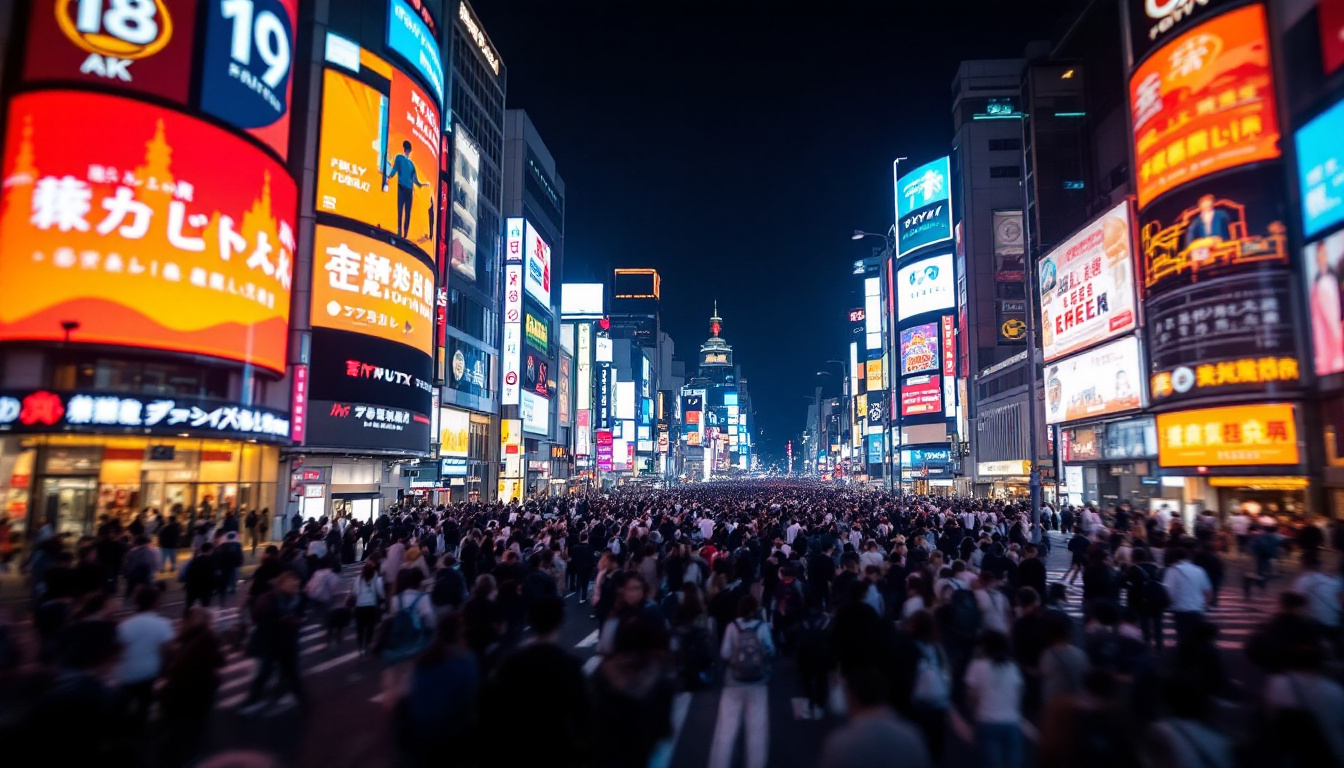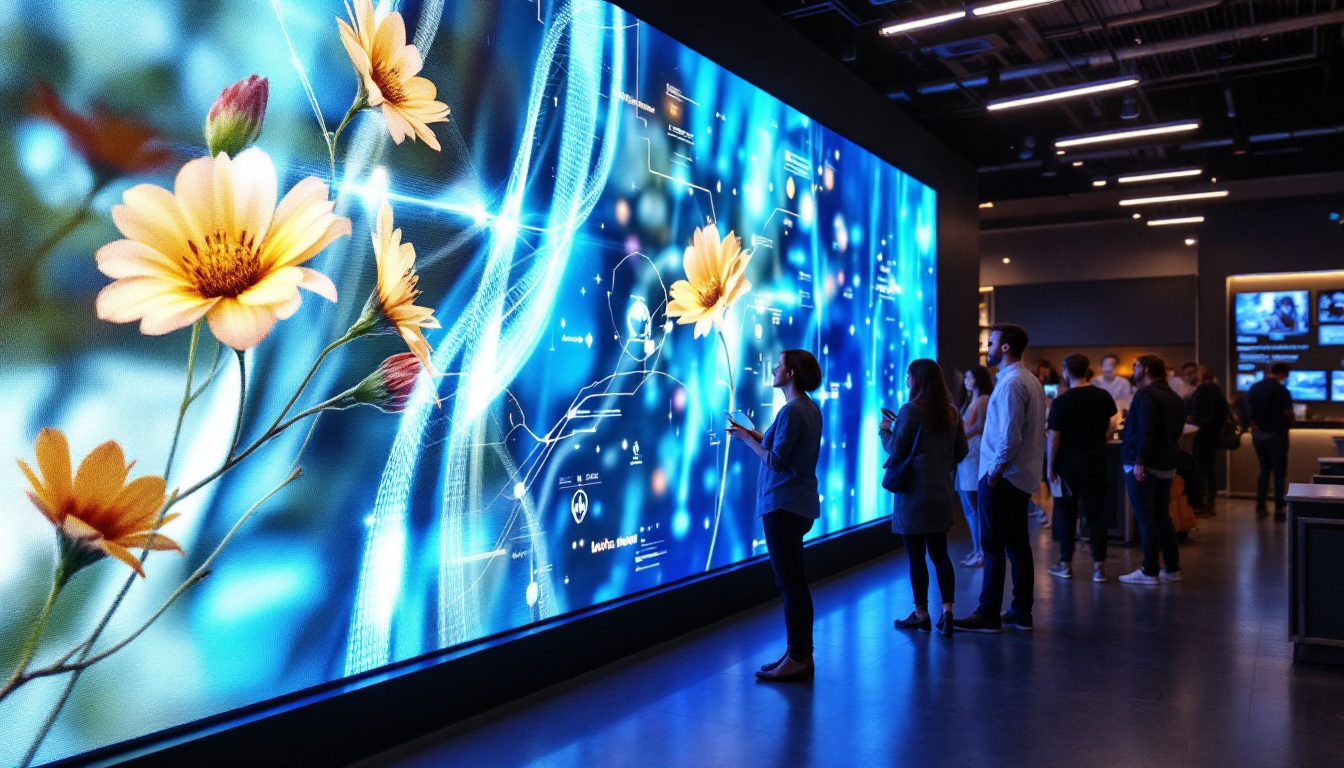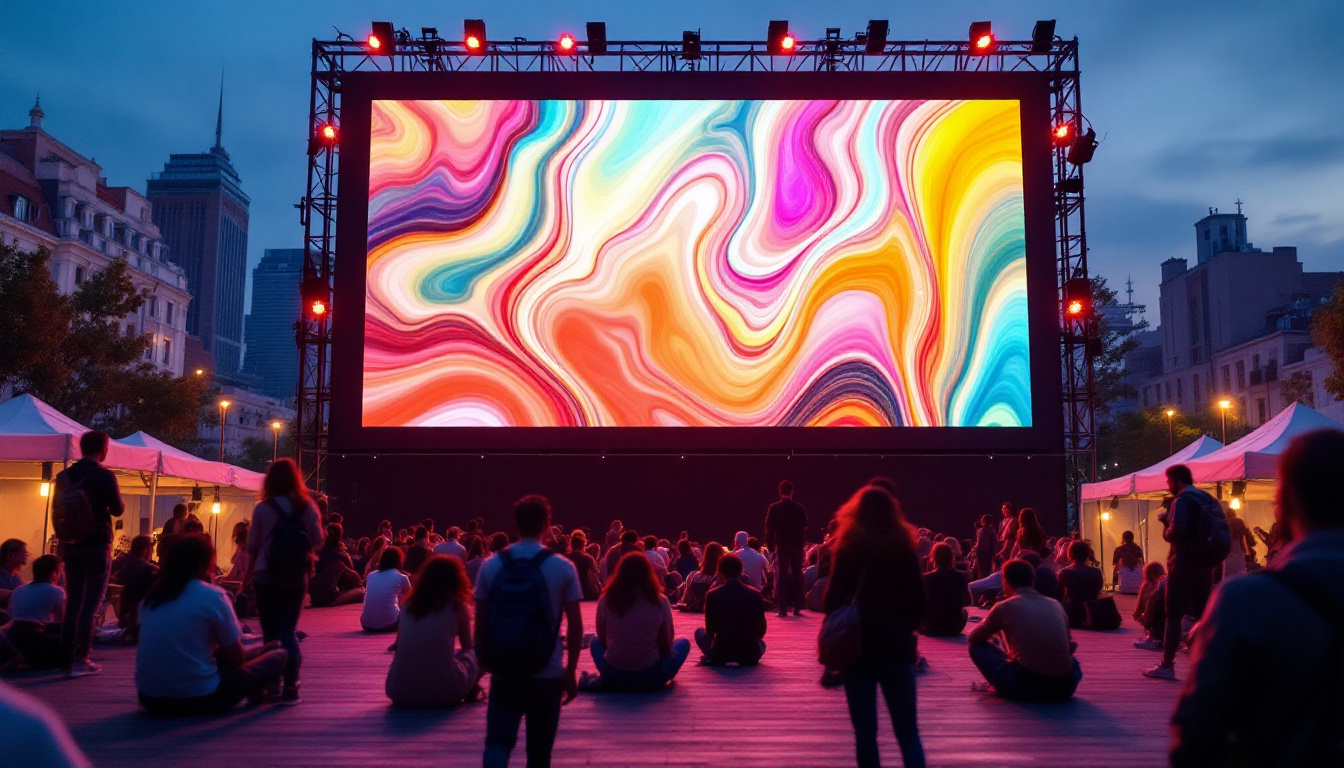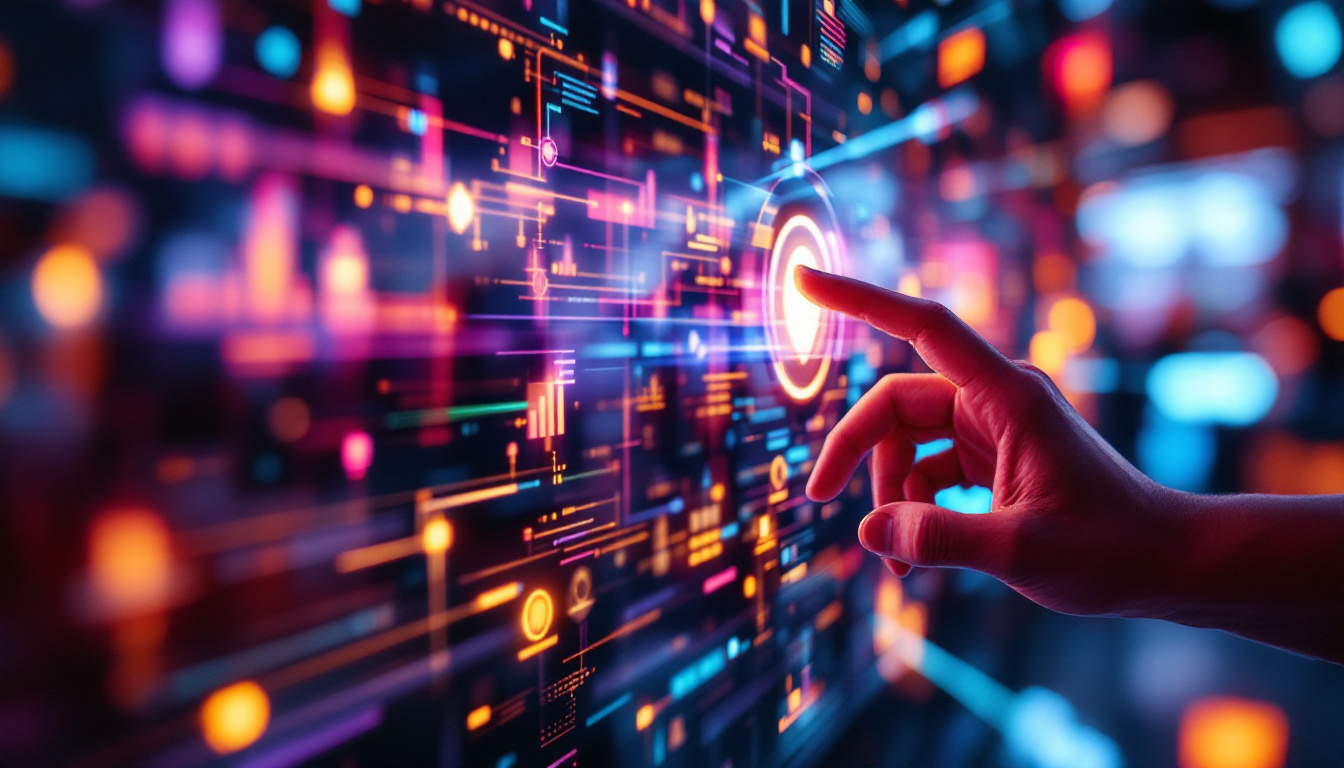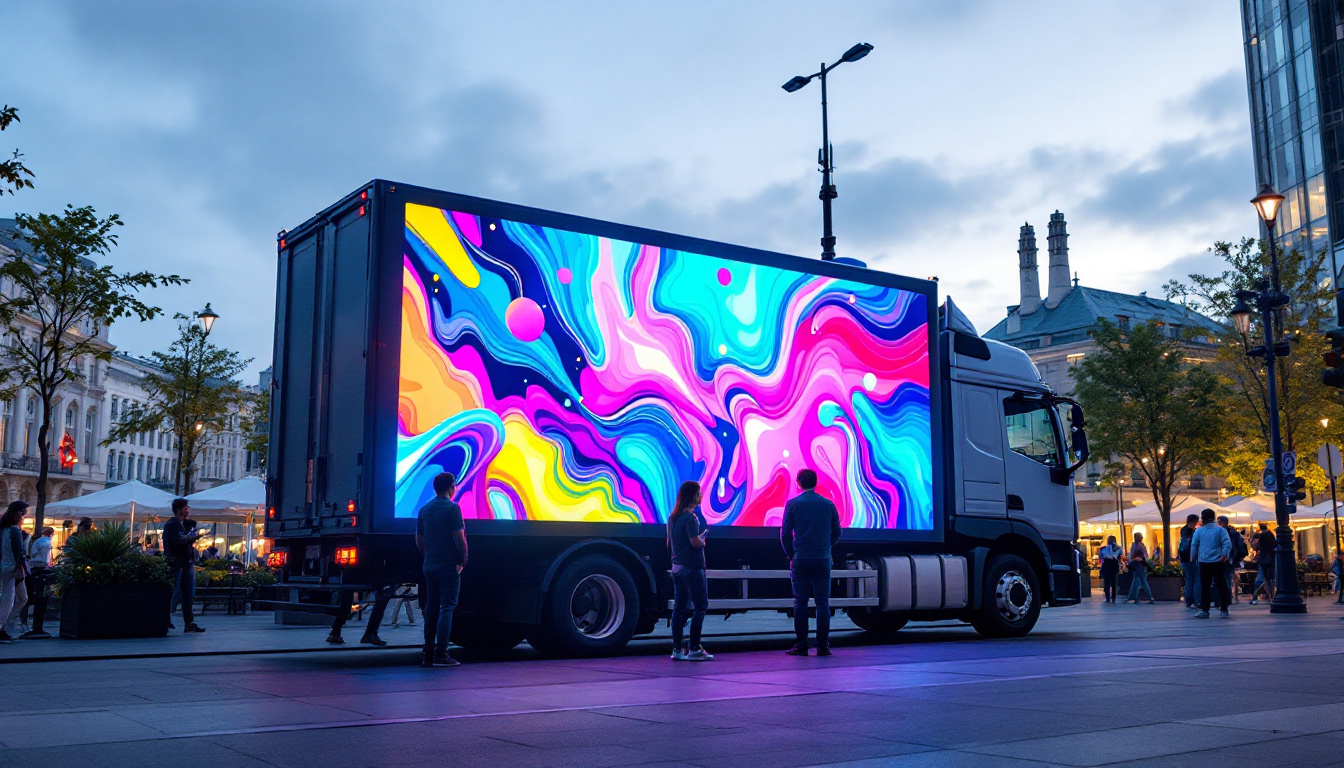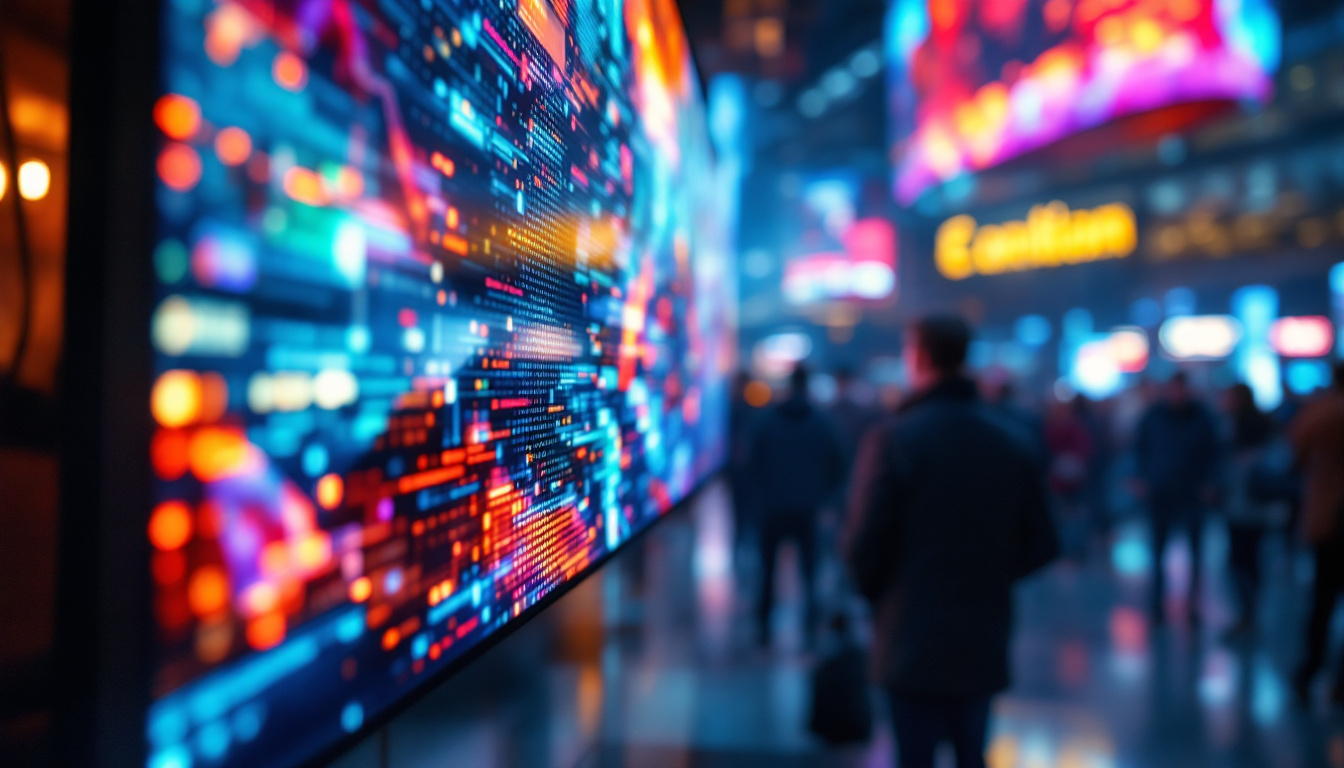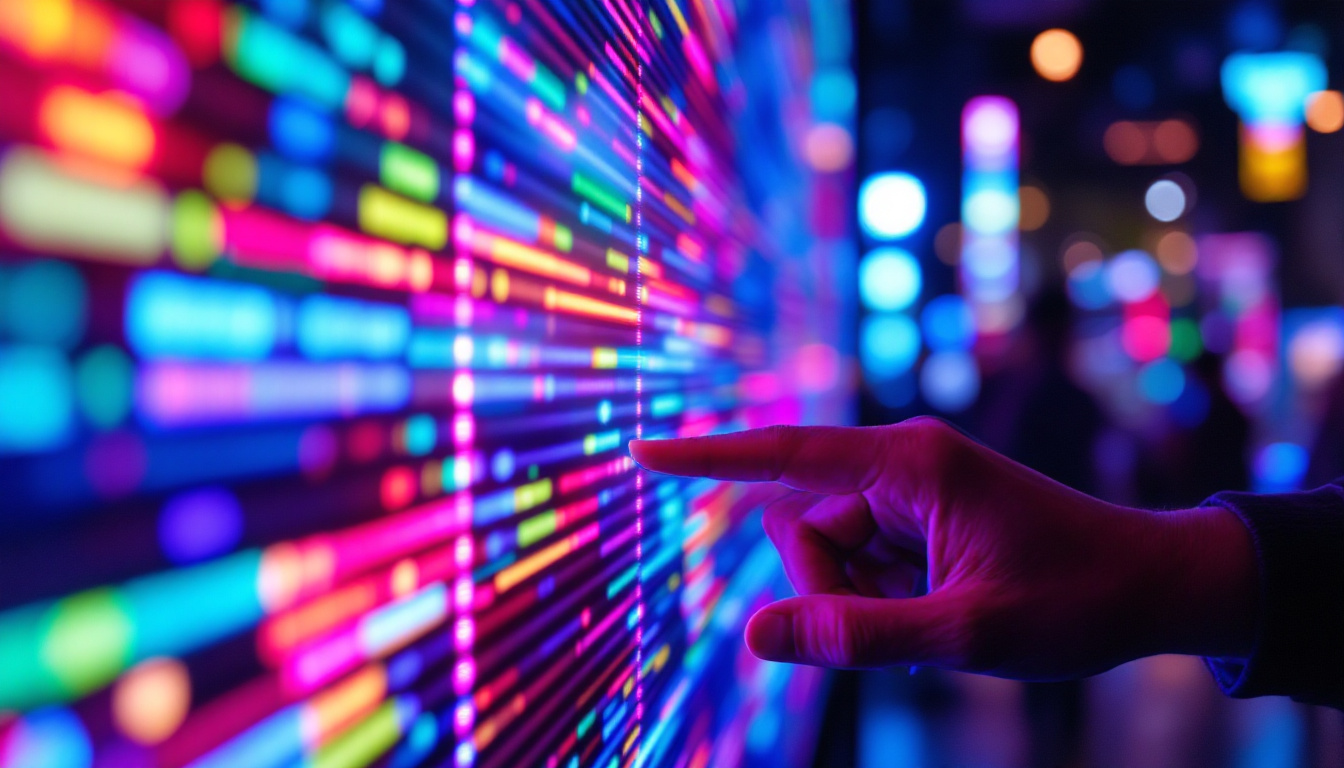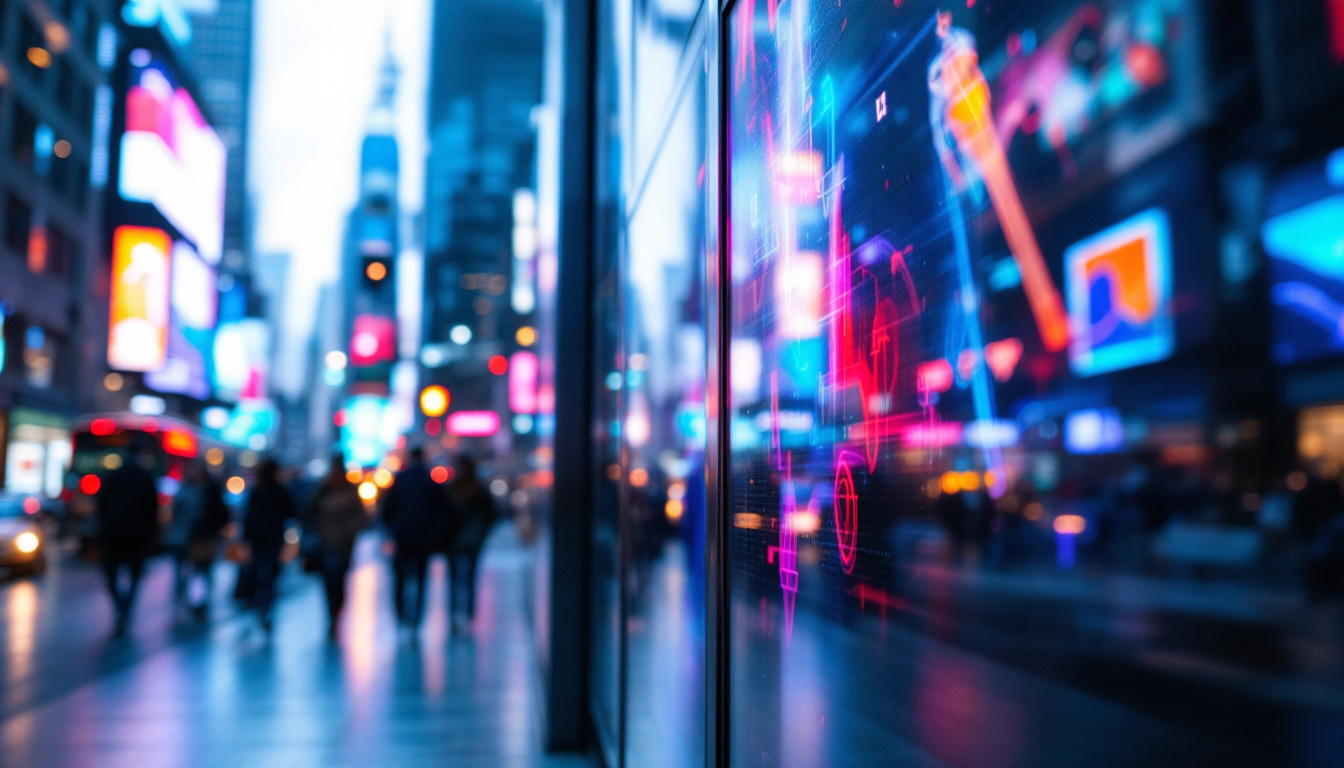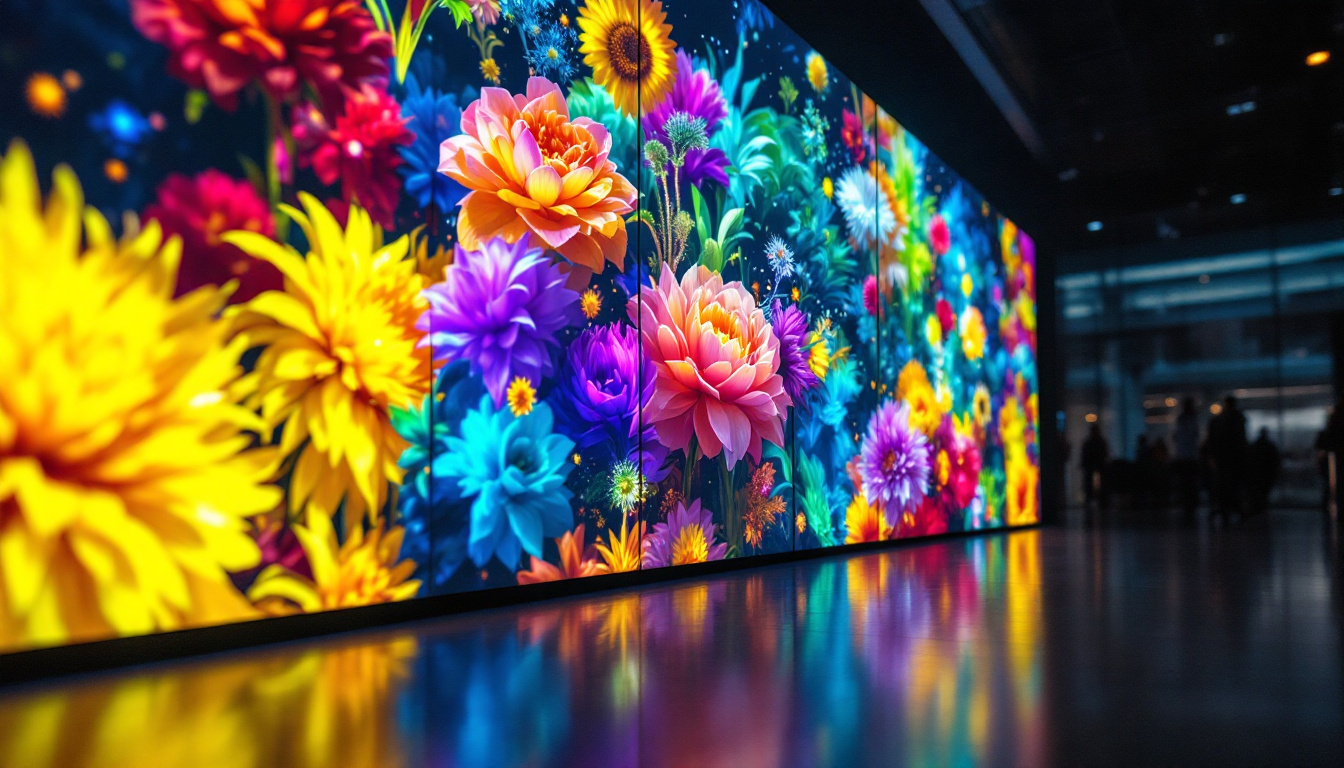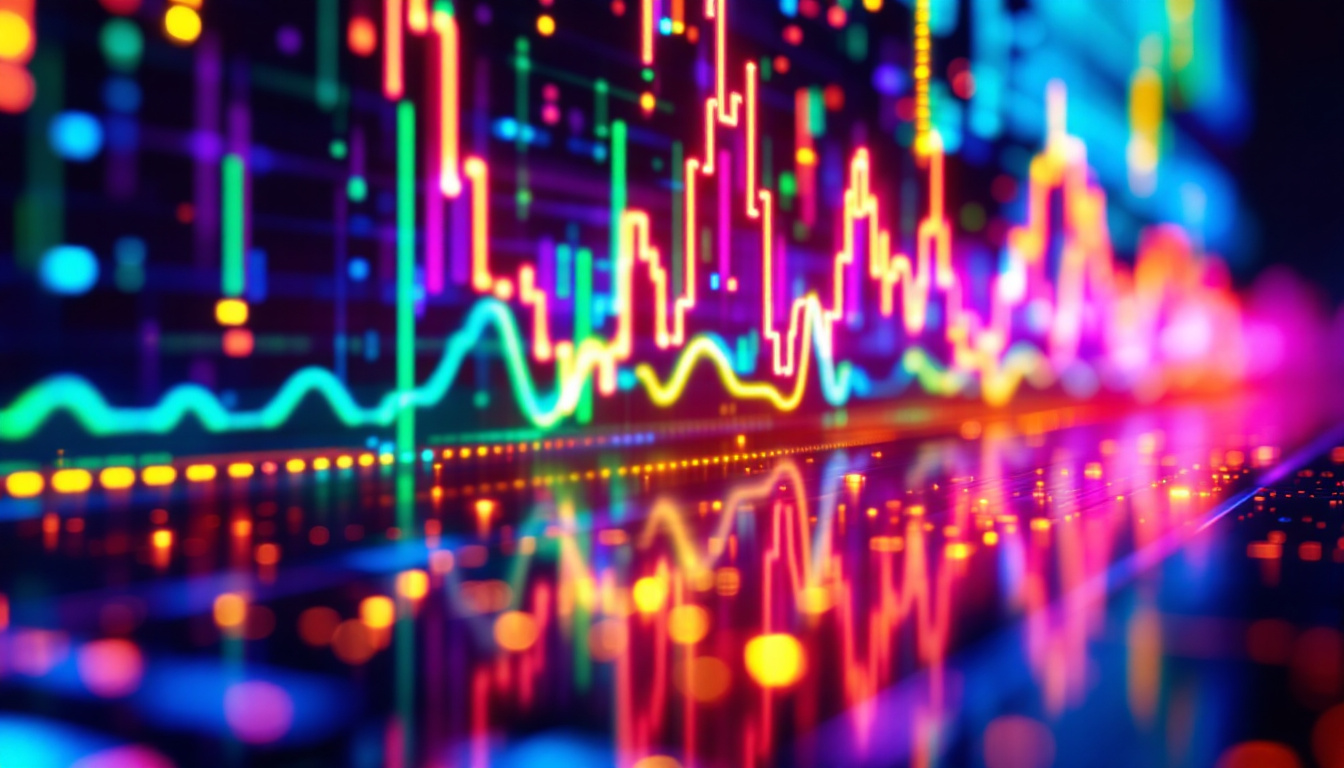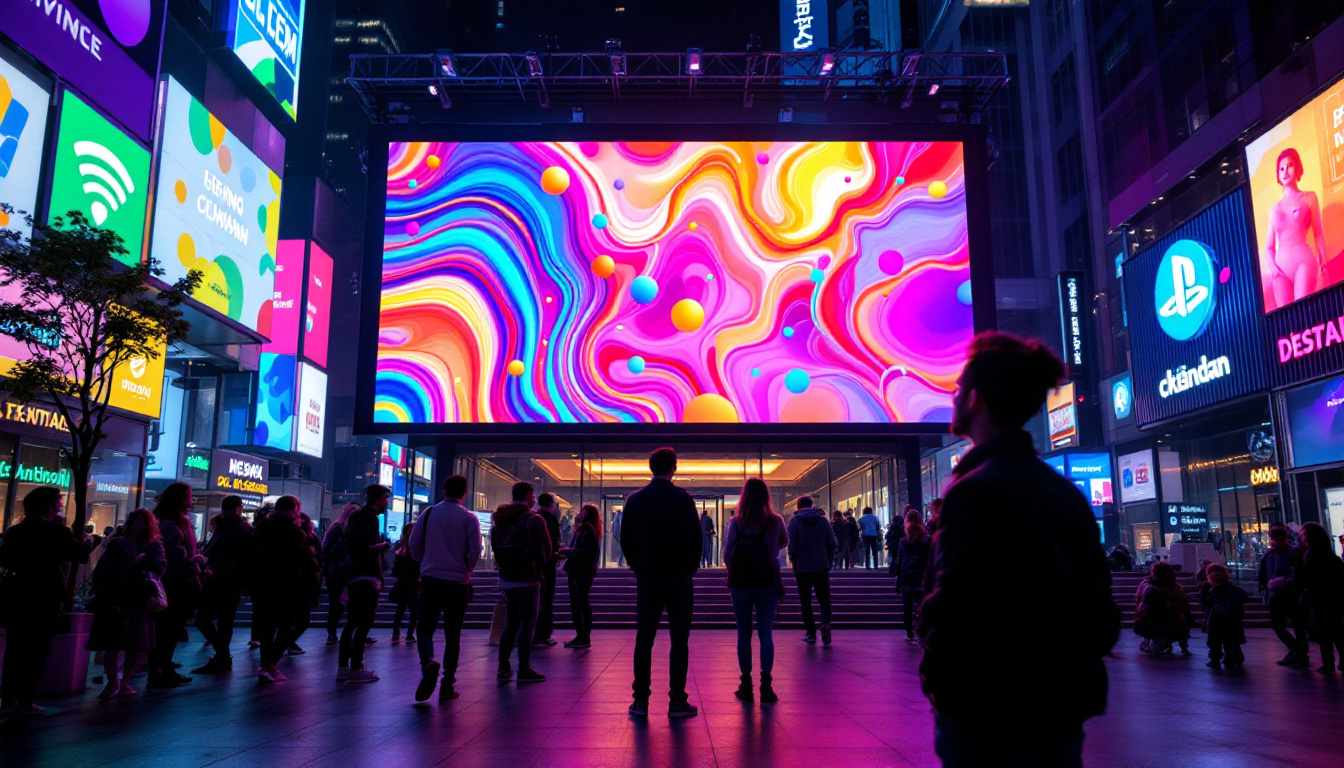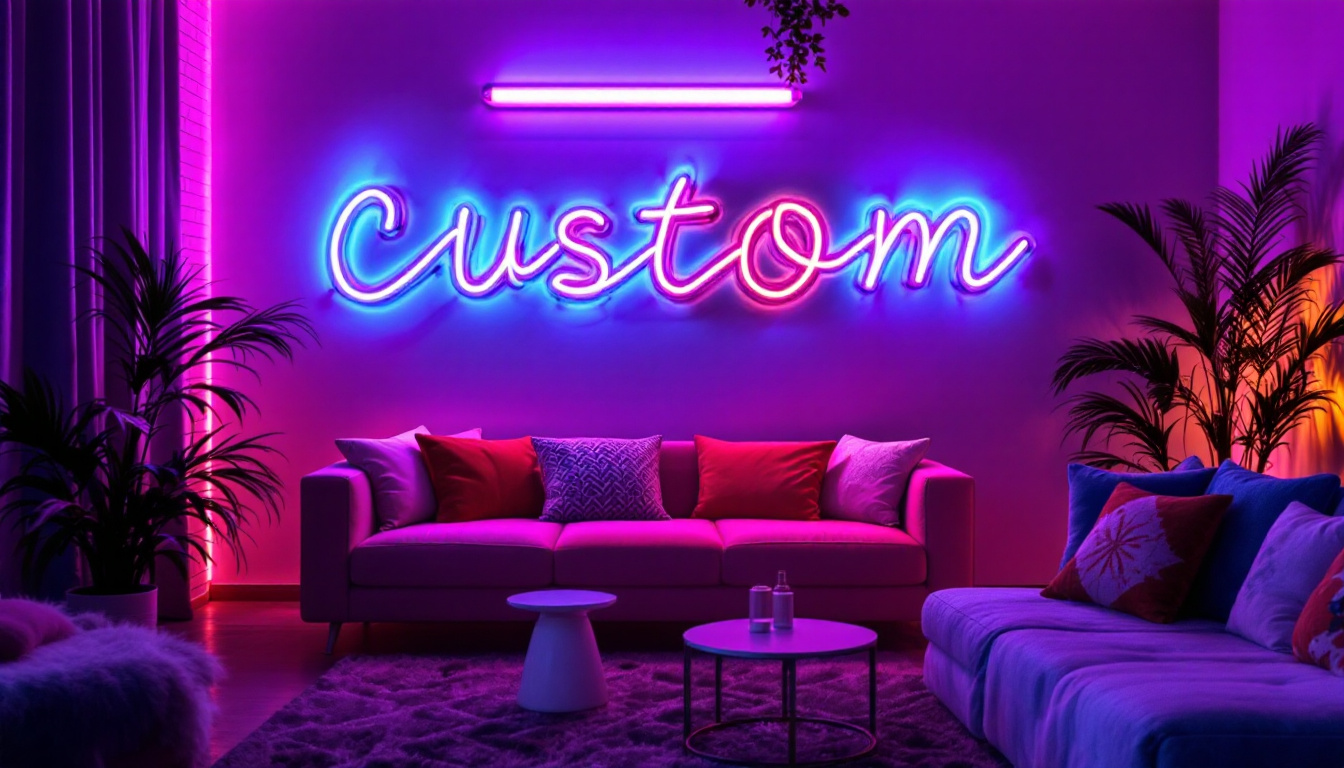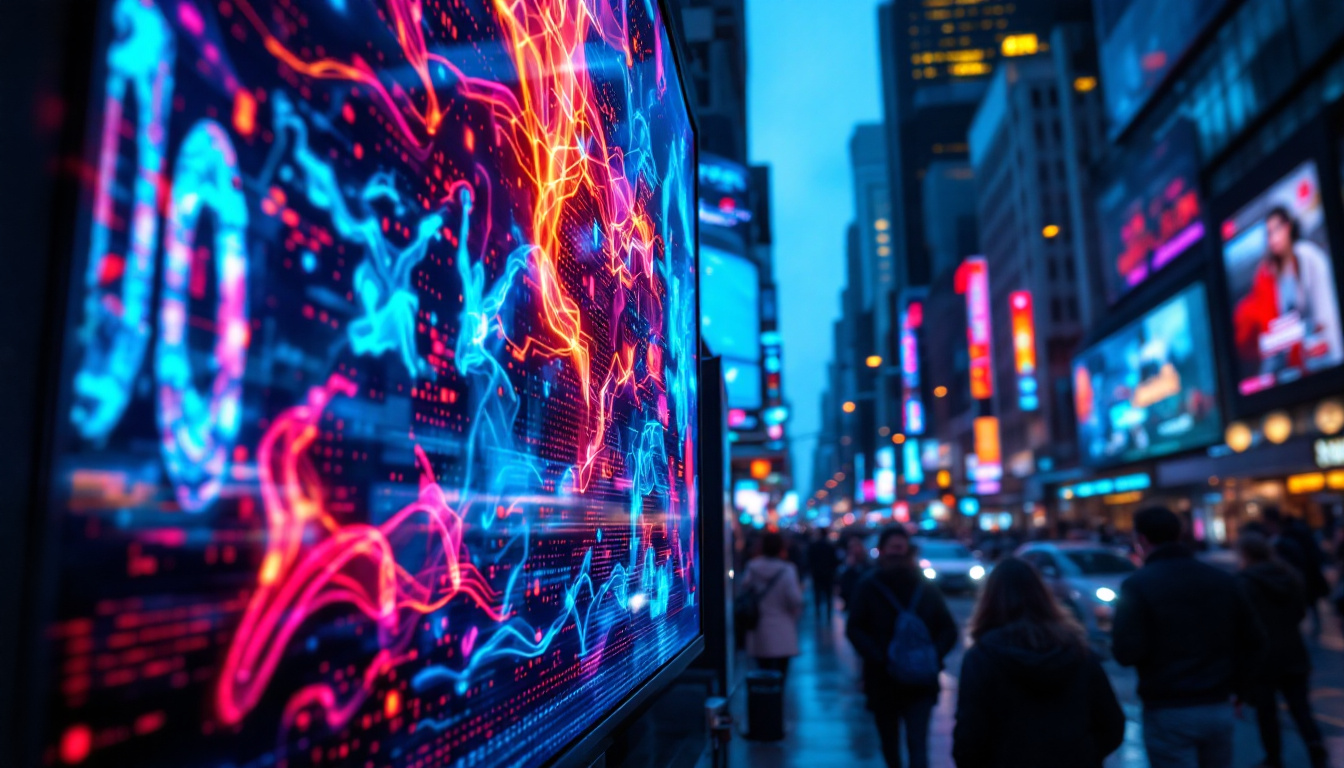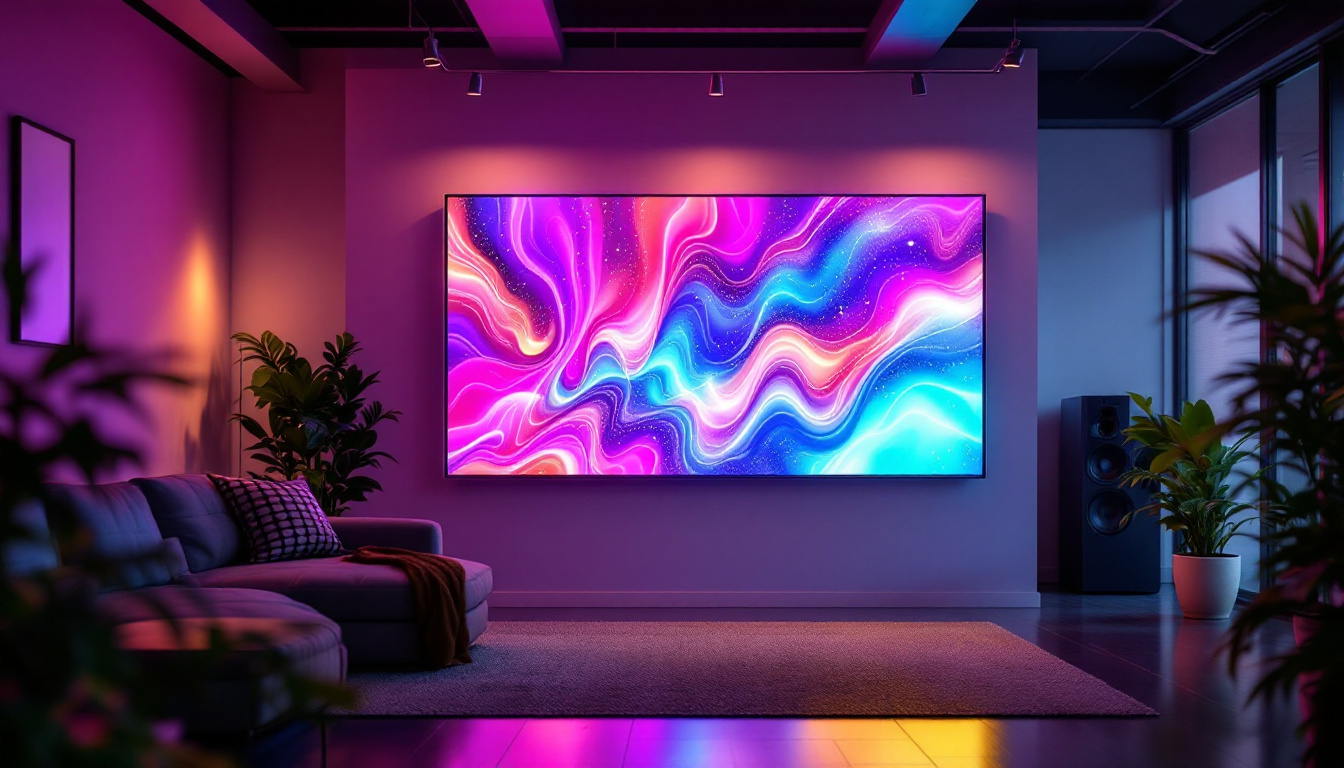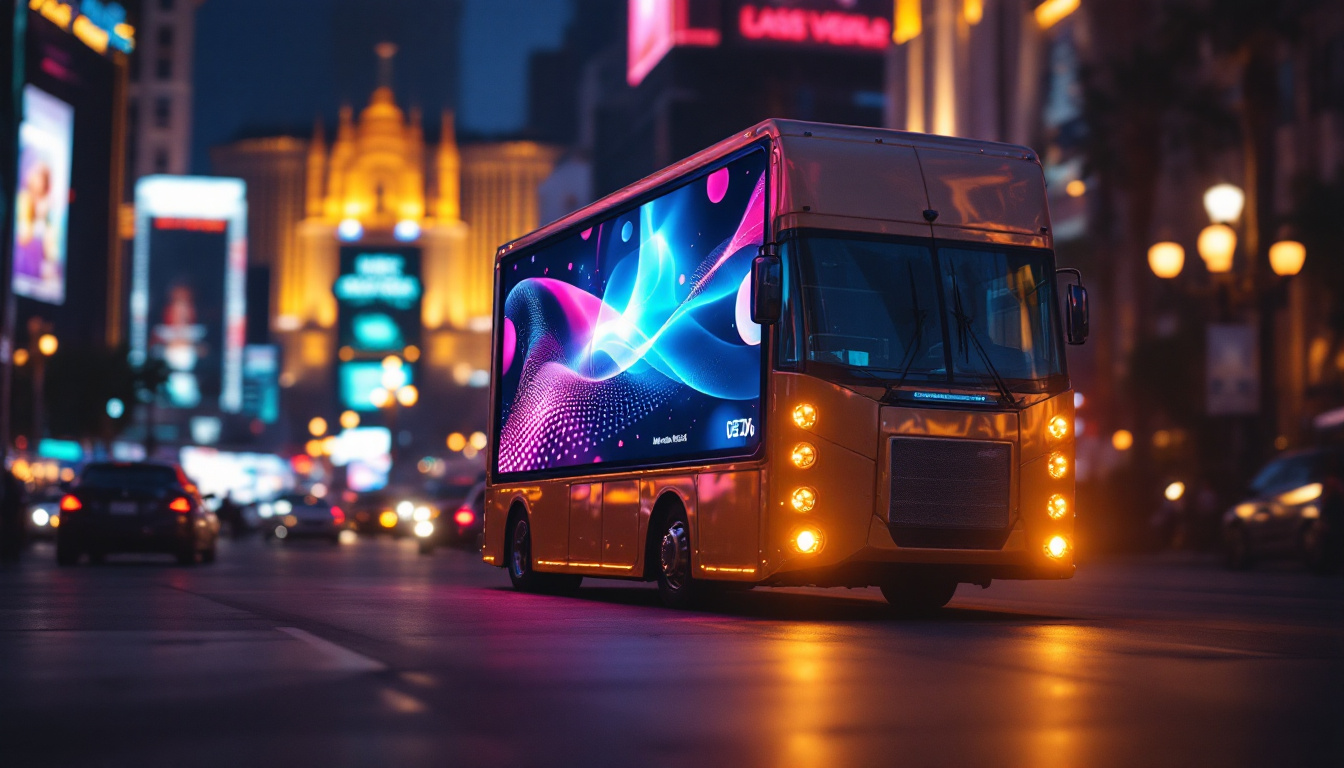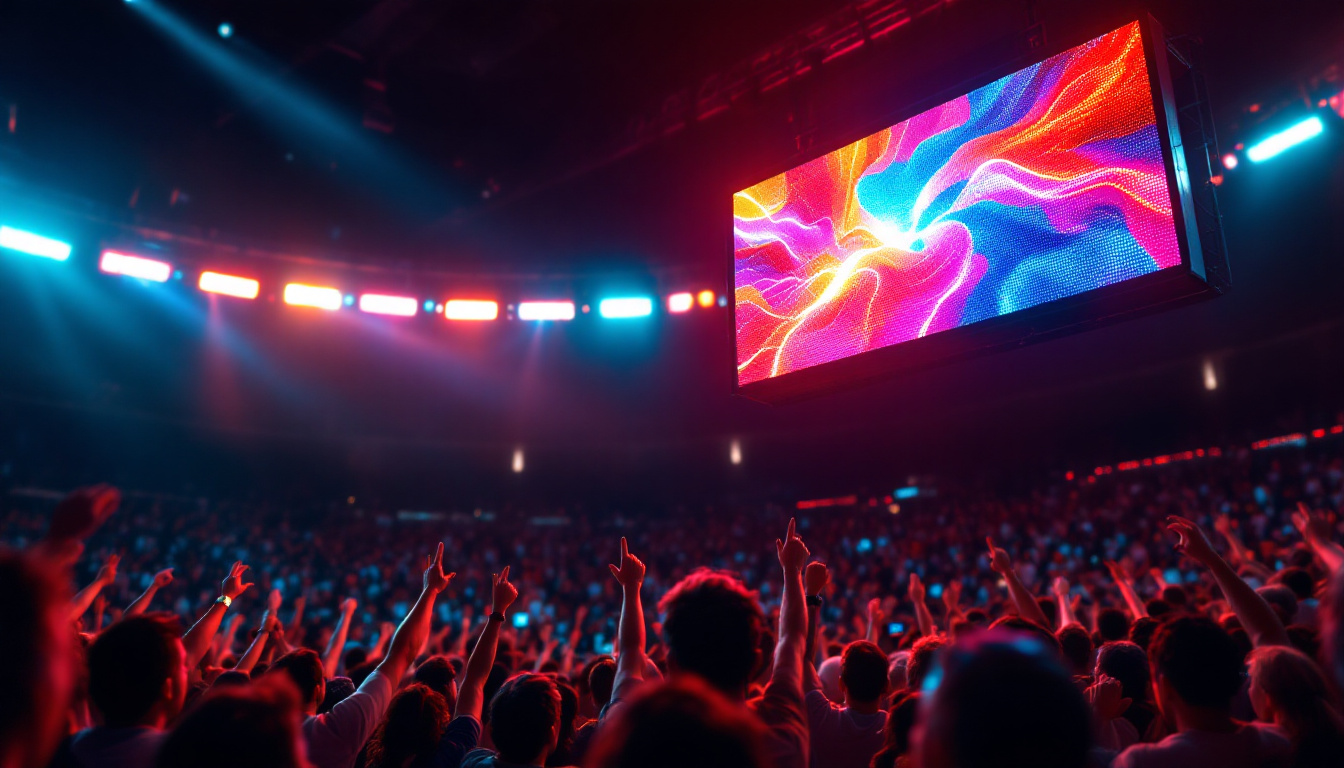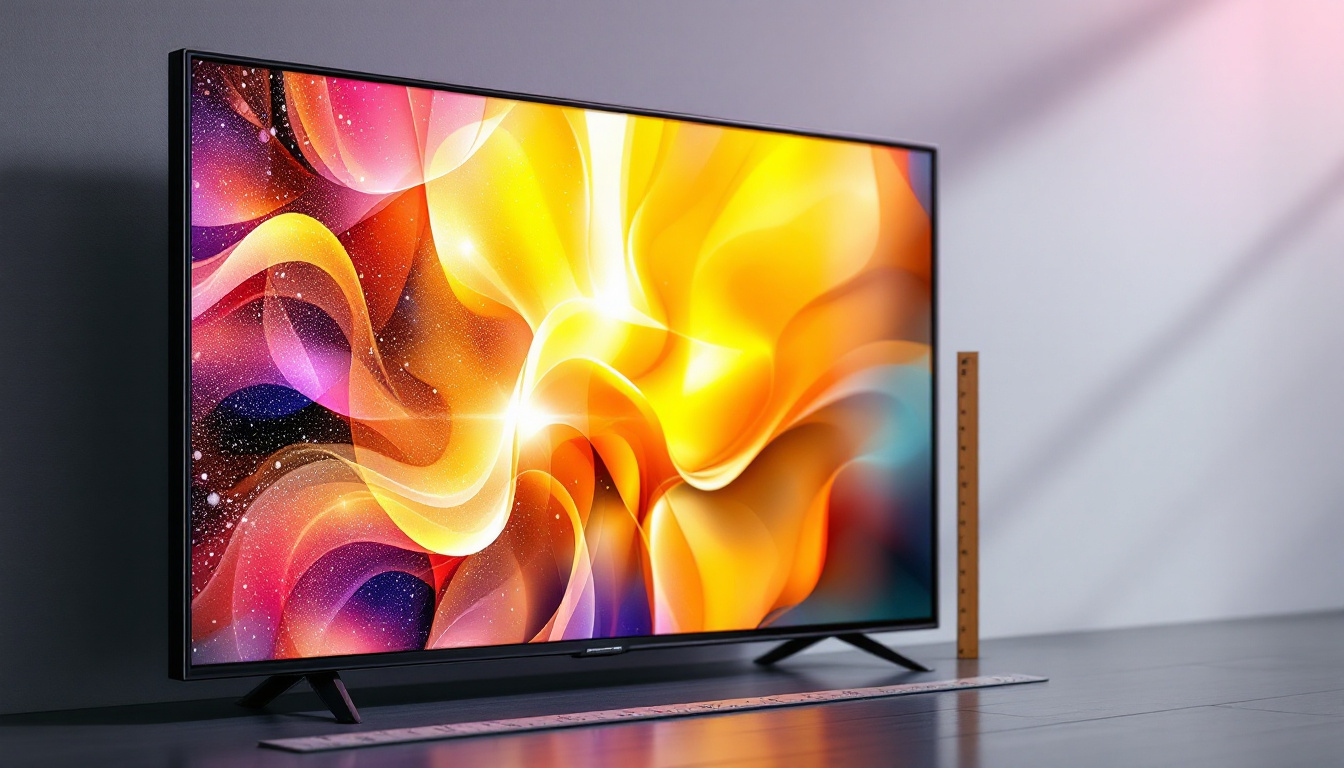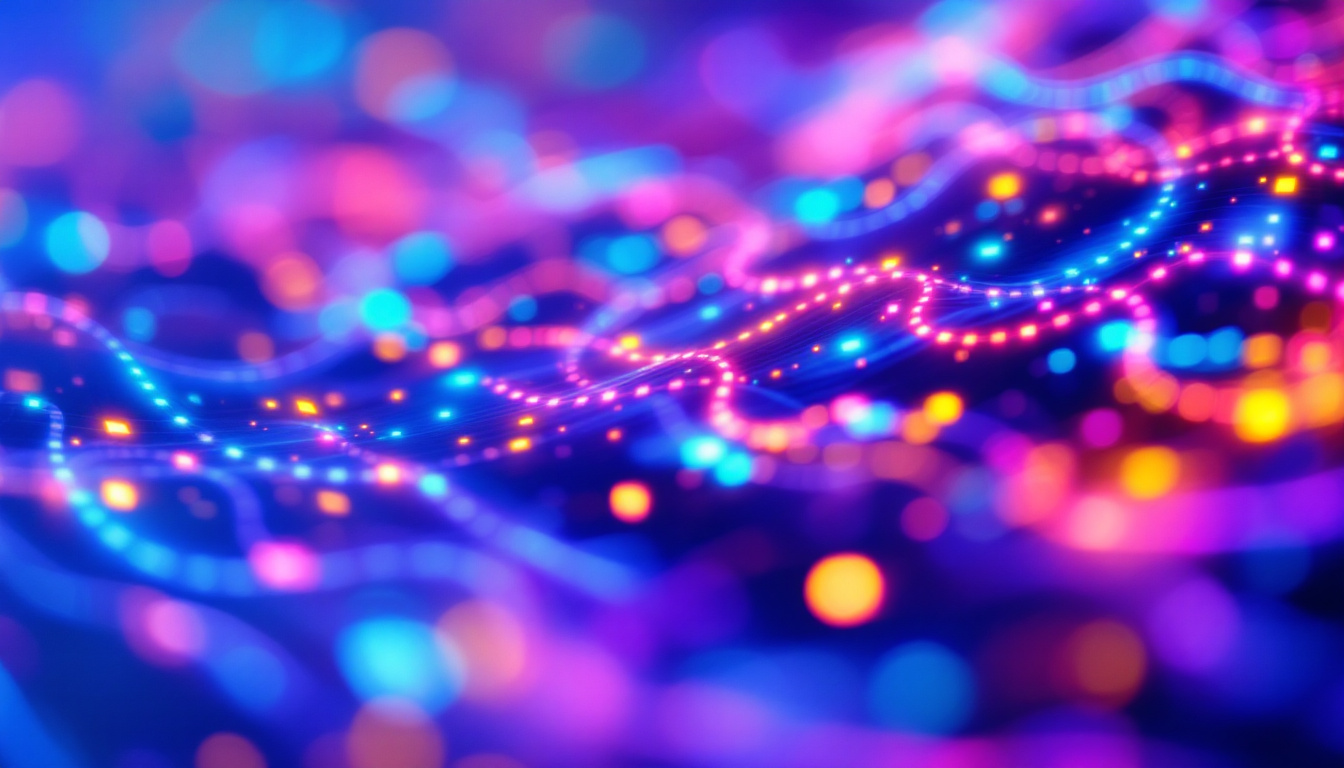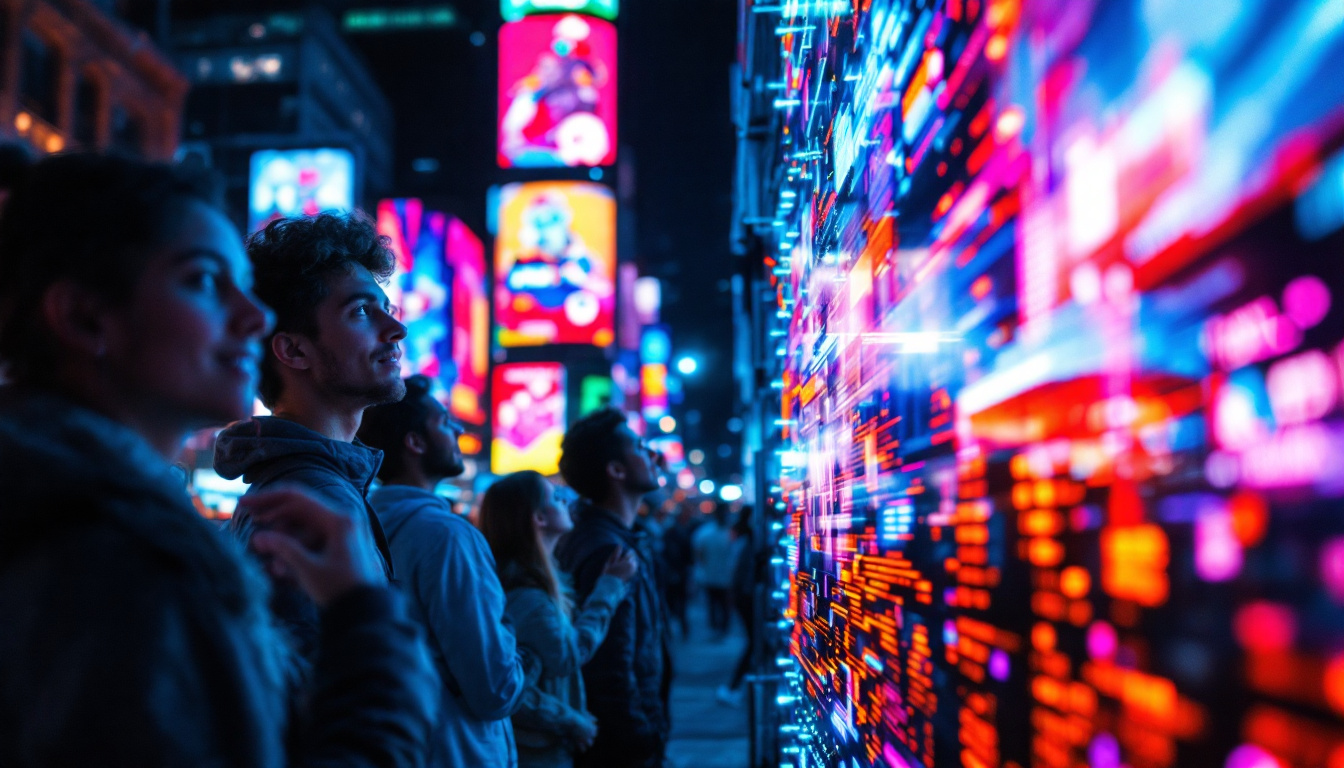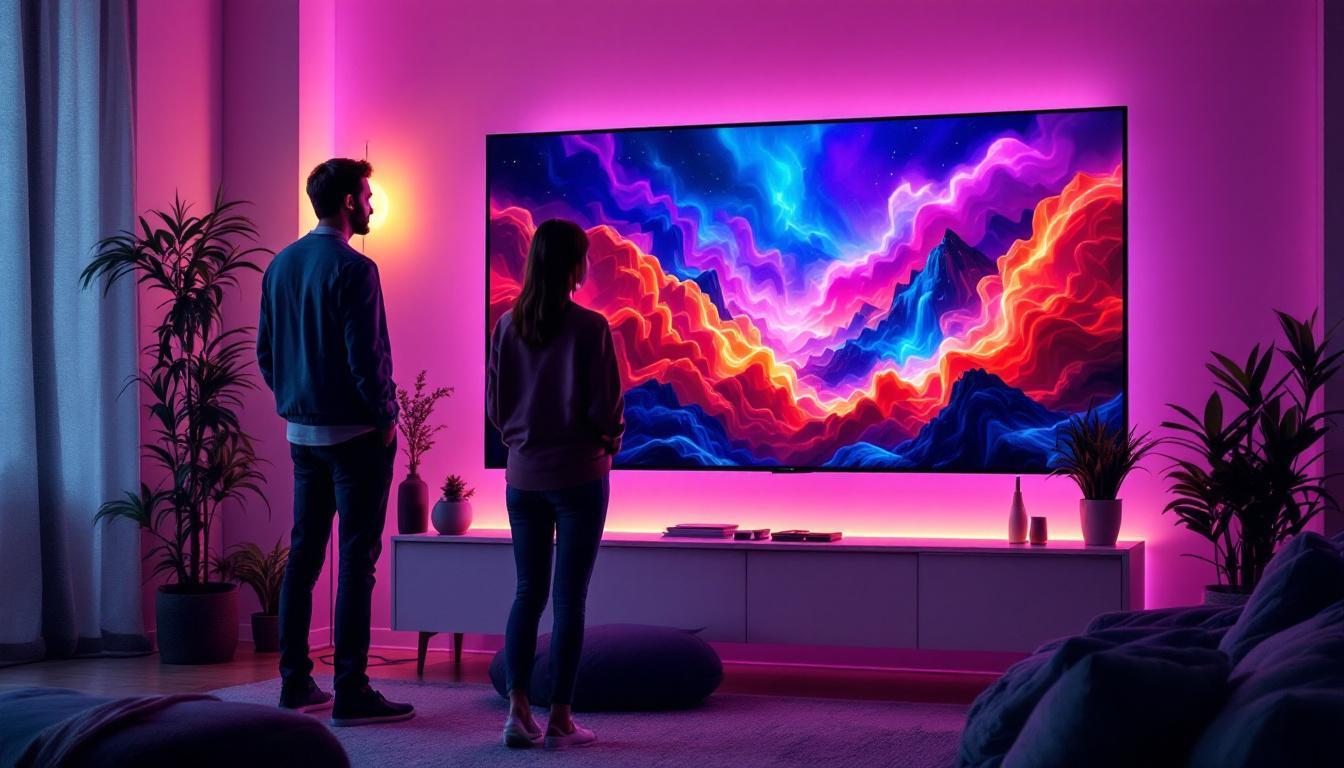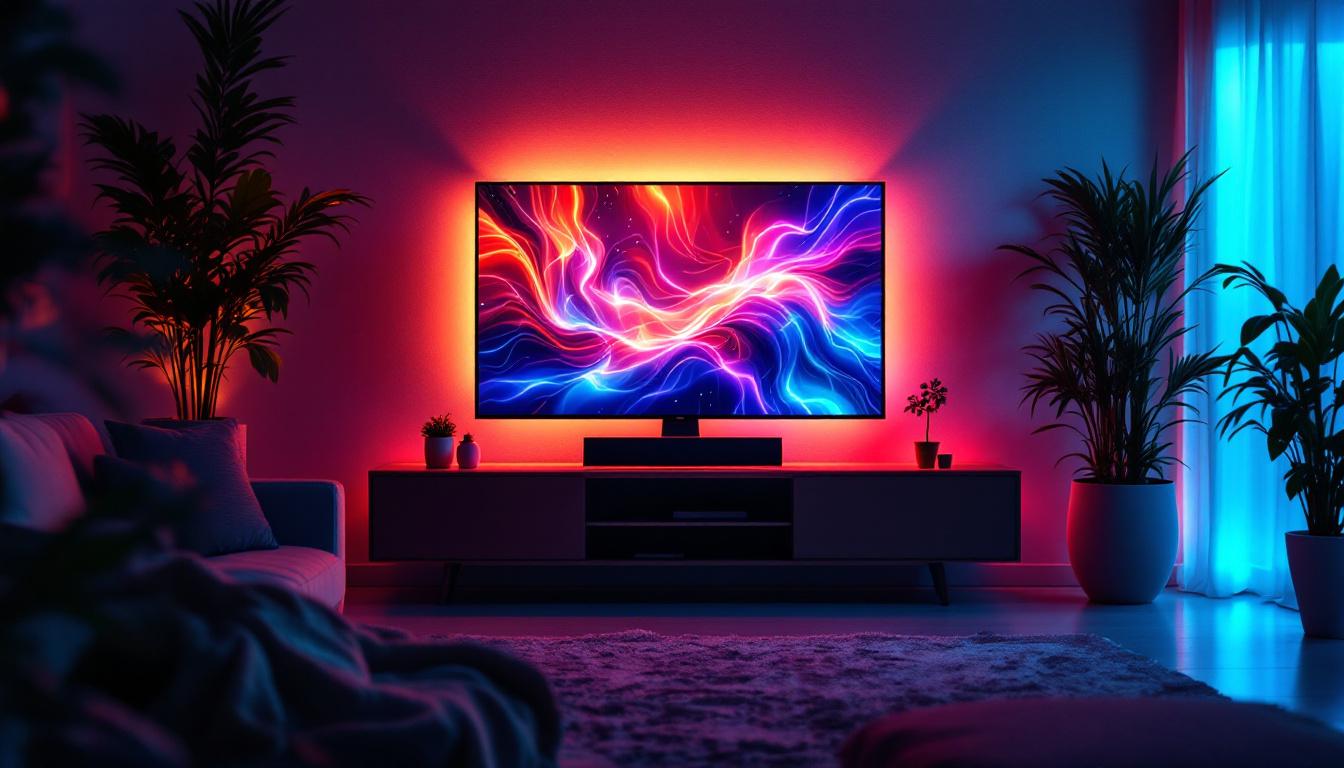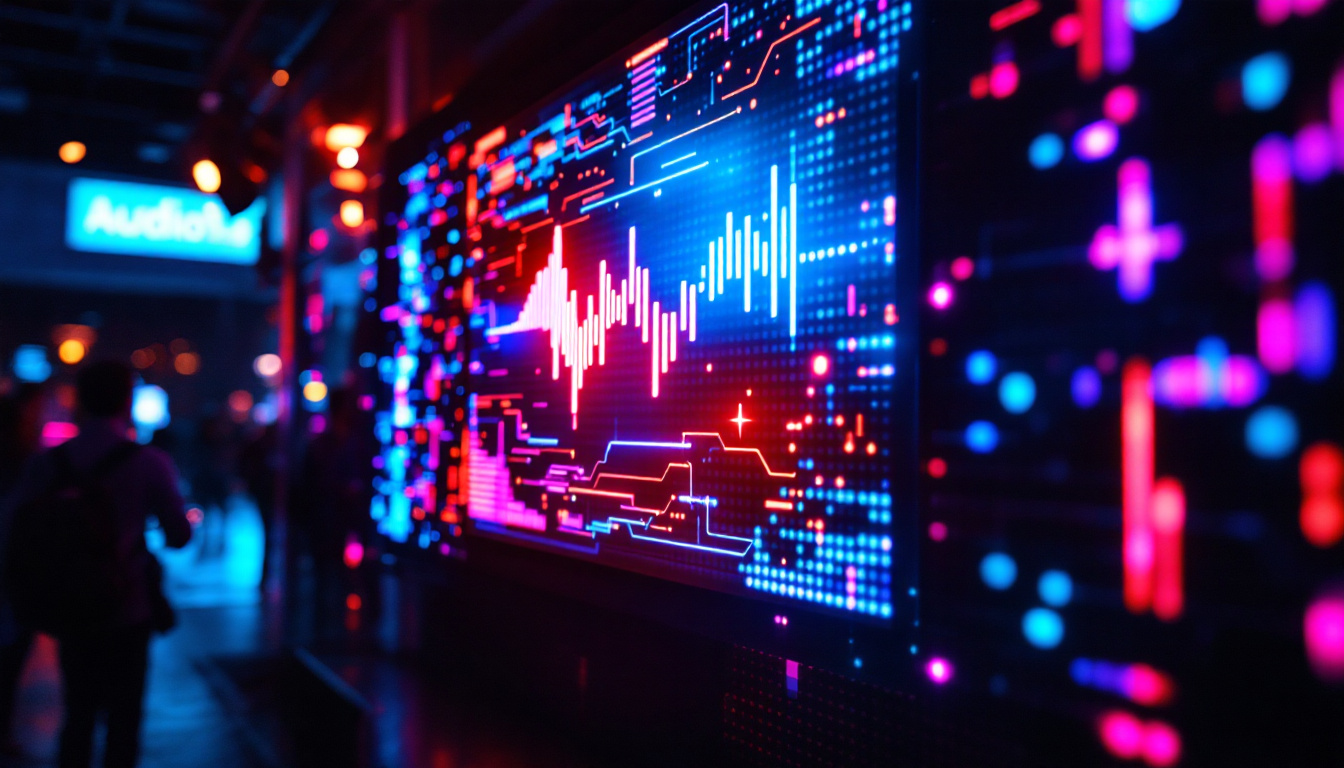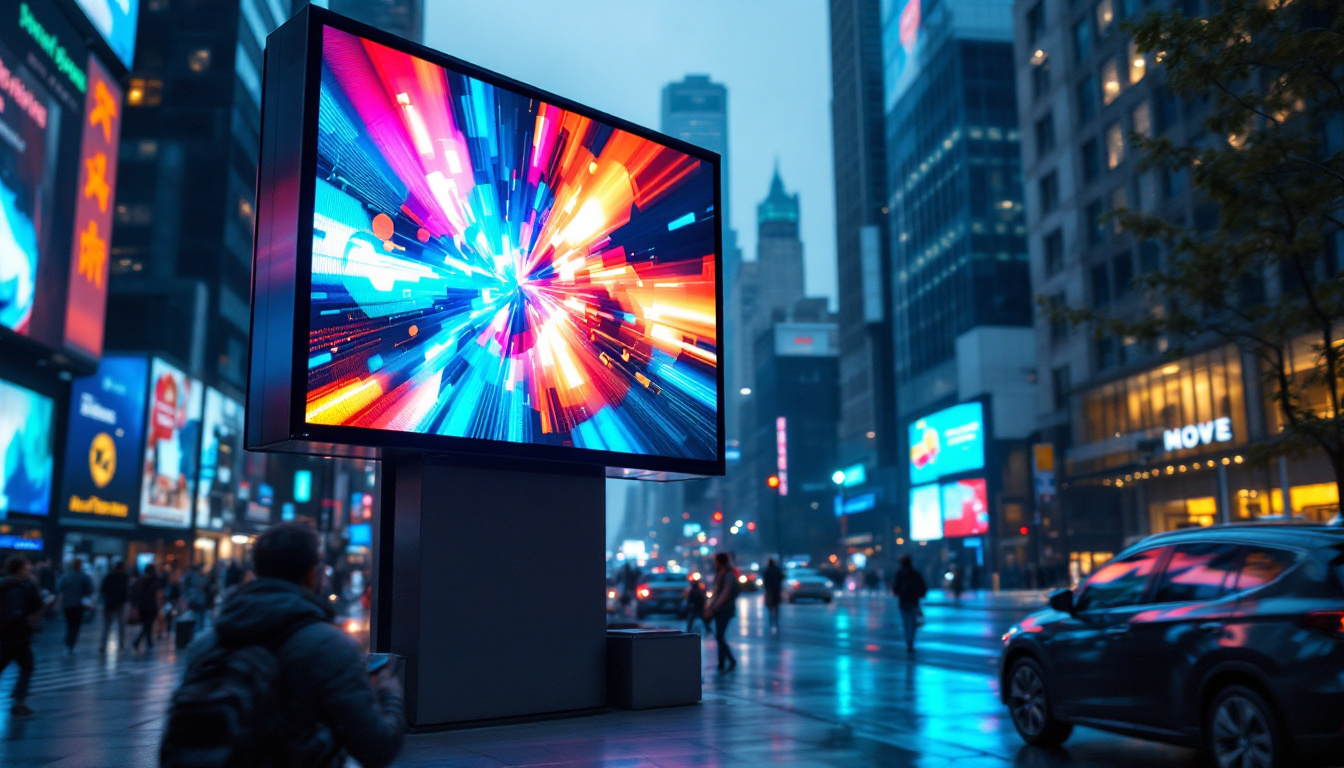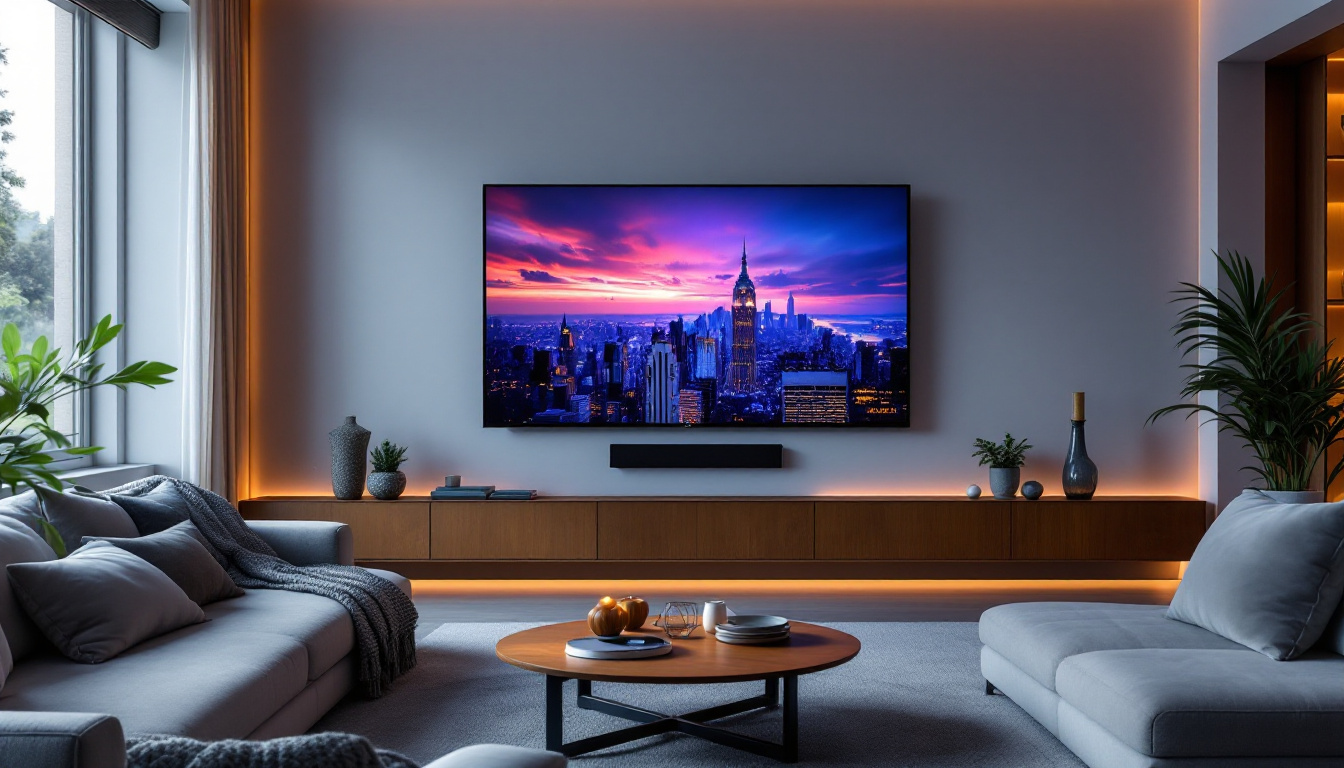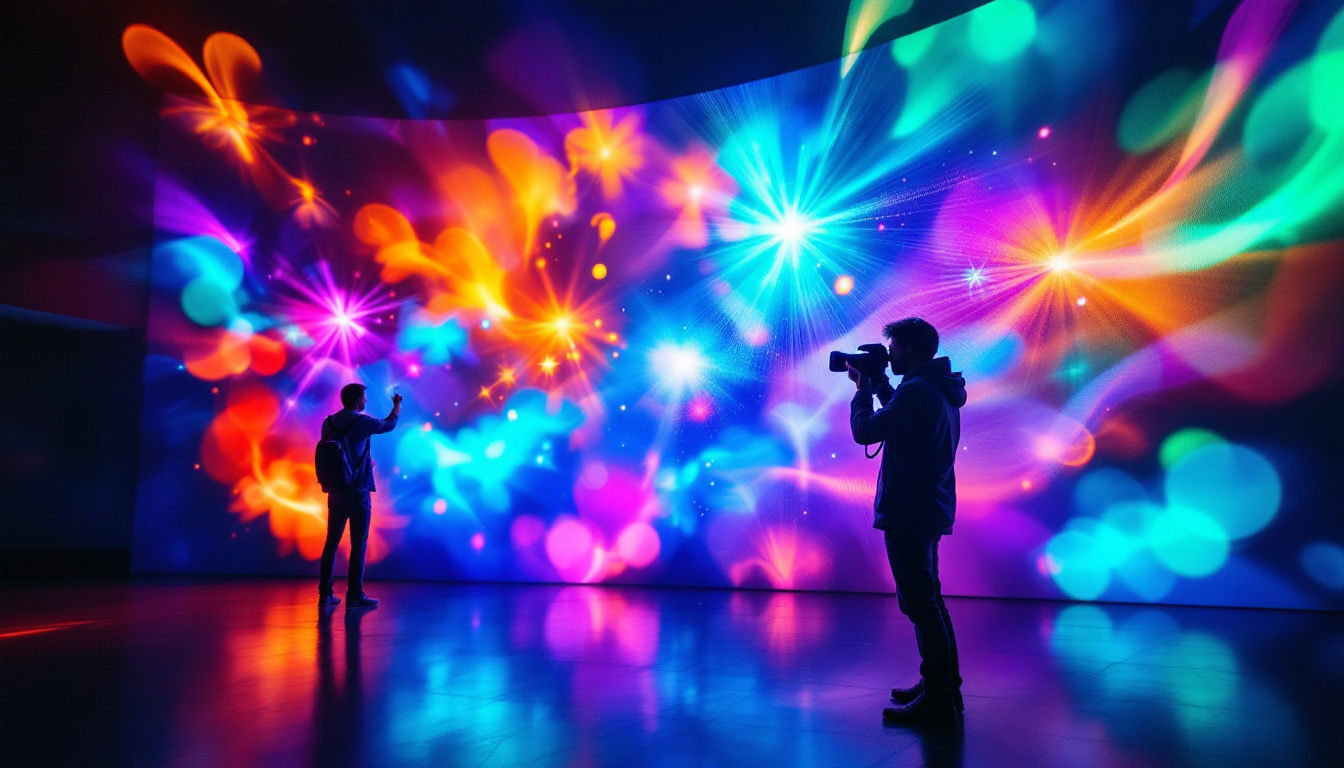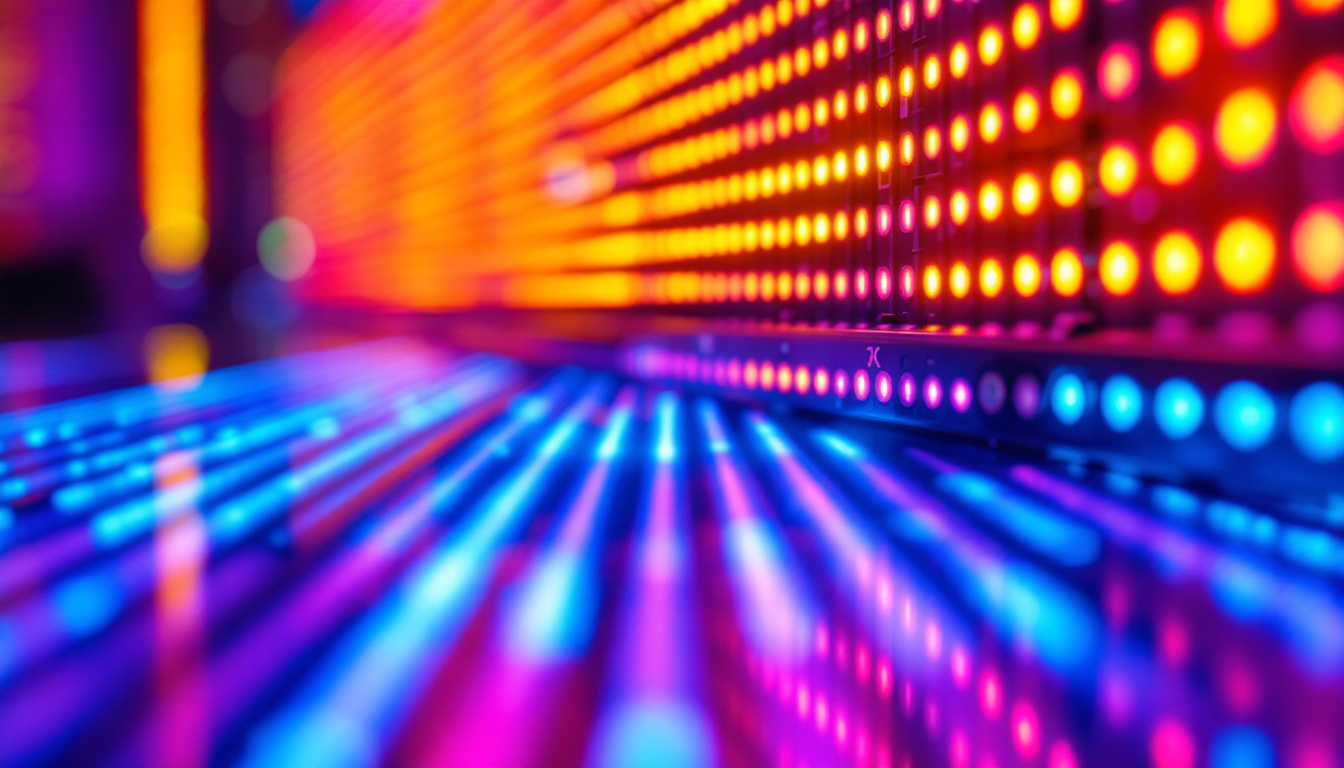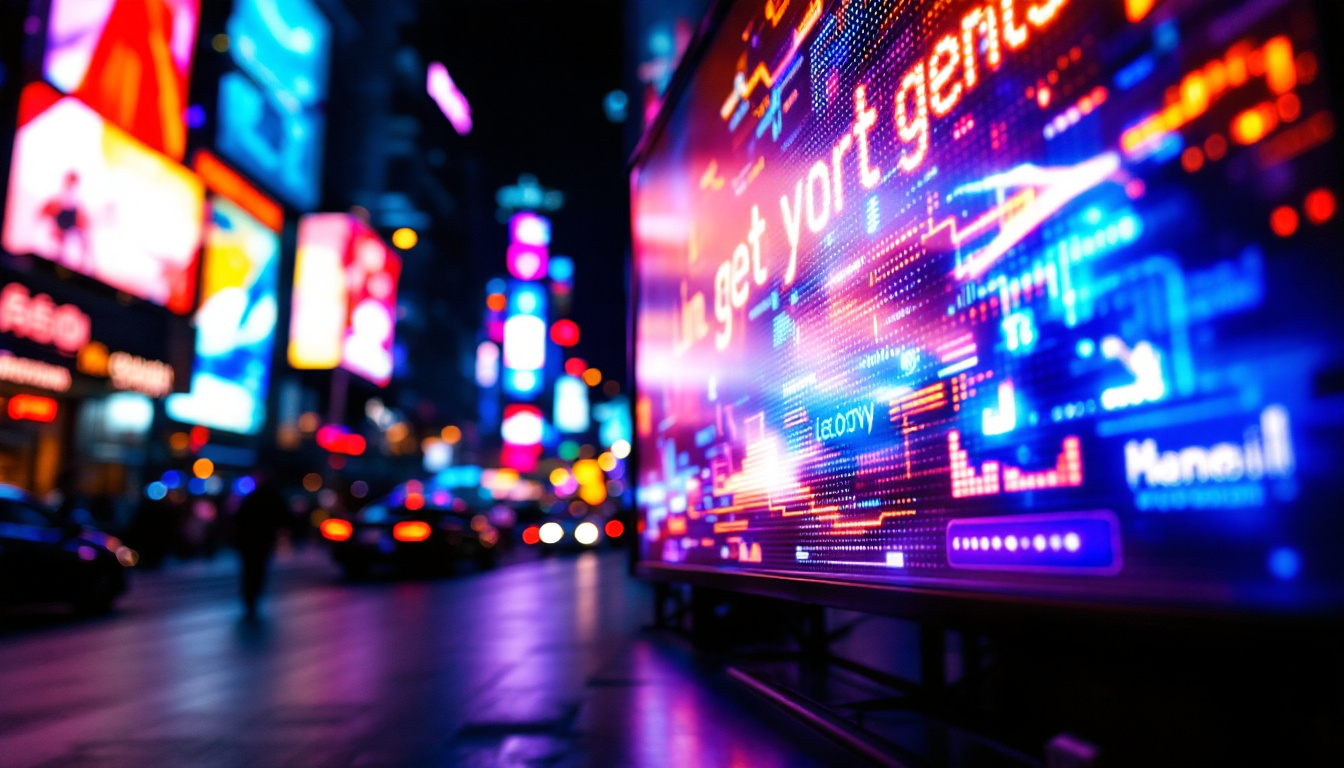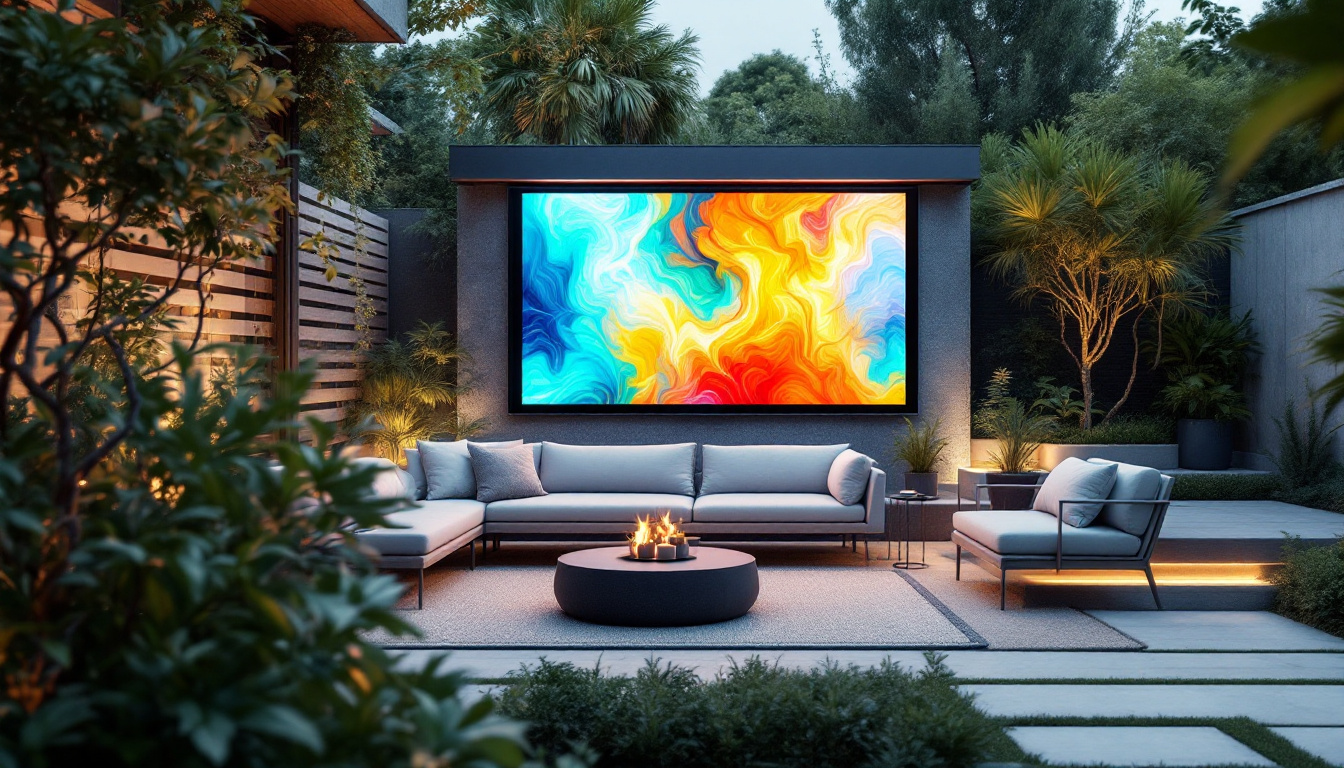In the heart of Tokyo, Shibuya has long been a bustling hub of culture, commerce, and technology. Among its many attractions, the Shibuya 3D LED display stands out as a remarkable feat of engineering and artistry. This article delves into the intricacies of this stunning display, exploring its technology, design, and impact on the urban landscape.
The Evolution of LED Technology
LED (Light Emitting Diode) technology has revolutionized the way visual content is displayed in public spaces. What began as a simple indicator light has transformed into a sophisticated medium for advertising, art, and communication.
From Basic Lights to Dynamic Displays
Initially, LEDs were limited to basic colors and simple applications. However, advancements in technology have enabled the creation of full-color displays capable of showcasing high-resolution images and videos. This evolution has paved the way for vibrant advertising and immersive experiences in urban environments.
Today, LED displays are not only brighter and more energy-efficient but also more versatile. They can be shaped and configured in various forms, making them suitable for a wide range of applications, from stadiums to shopping centers. The flexibility of LED technology allows for creative installations that can adapt to the architectural features of a space, enhancing the overall aesthetic and functional appeal. Furthermore, the integration of smart technology has led to interactive displays that engage audiences in real-time, creating a two-way communication channel between brands and consumers.
Shibuya’s Role in LED Innovation
Shibuya has become a focal point for LED innovation, with its iconic displays attracting millions of visitors each year. The Shibuya 3D LED display is a prime example of how technology and creativity can merge to create something extraordinary. This particular installation not only captivates viewers with its stunning visuals but also utilizes advanced projection techniques that create an illusion of depth and movement, making the experience even more immersive.
As cities around the world adopt similar technologies, Shibuya remains at the forefront, continually pushing the boundaries of what’s possible with LED displays. The area is also a testing ground for new concepts in digital art and advertising, with local artists and technologists collaborating to create unique installations that reflect the vibrant culture of Tokyo. These efforts not only enhance the visual landscape of the city but also inspire other urban centers to explore the potential of LED technology in their own public spaces, fostering a global movement towards more dynamic and engaging cityscapes.
Understanding the Shibuya 3D LED Display
The Shibuya 3D LED display is not just a simple screen; it is a complex system that combines cutting-edge technology with artistic vision. This section will explore the components and features that make this display unique.
Technical Specifications
The Shibuya 3D LED display boasts impressive technical specifications that contribute to its eye-catching visuals. With a pixel pitch of just a few millimeters, the display offers high resolution, ensuring that images are sharp and clear, even from a distance.
Moreover, the display utilizes advanced 3D rendering technology, allowing for depth perception and a three-dimensional effect that captivates viewers. This technology creates an illusion of movement and depth, making the content more engaging and immersive.
Additionally, the display is equipped with a high refresh rate, which is crucial for delivering smooth animations and transitions. This feature minimizes motion blur, providing a seamless viewing experience that is particularly important for fast-paced content such as advertisements or live events. The integration of sensors also allows the display to adjust its brightness based on ambient light conditions, ensuring optimal visibility at all times, whether it’s day or night.
Design and Aesthetics
Beyond its technical prowess, the design of the Shibuya 3D LED display is a work of art in itself. The display is strategically positioned to maximize visibility from various angles, ensuring that it captures the attention of pedestrians and commuters alike.
Its sleek, modern design complements the urban landscape of Shibuya, blending seamlessly with the surrounding architecture. The use of vibrant colors and dynamic animations further enhances its appeal, making it a visual landmark in the city.
Moreover, the display is often used as a canvas for local artists and designers, showcasing their work and adding a cultural dimension to its visual impact. This collaboration not only enriches the aesthetic experience but also fosters a sense of community, as residents and visitors alike can enjoy and appreciate the creativity that is projected on this grand scale. The display has become a platform for storytelling, where narratives unfold in real-time, engaging viewers in a unique dialogue between technology and art.
The Impact of Shibuya 3D on Urban Life
The Shibuya 3D LED display has a profound impact on the urban environment, influencing everything from tourism to local businesses. Its presence has transformed the way people interact with the city and each other.
Attracting Tourists and Locals
As one of the most photographed spots in Tokyo, the Shibuya 3D LED display attracts millions of tourists each year. Visitors are drawn not only by the display itself but also by the vibrant atmosphere of Shibuya, making it a must-see destination.
This influx of tourists benefits local businesses, as restaurants, shops, and entertainment venues see increased foot traffic. The display has become a catalyst for economic activity, contributing to the overall vitality of the area. The surrounding streets buzz with life, as street performers and pop-up events capitalize on the attention drawn by the display. This synergy between the LED installation and local culture creates a dynamic environment that encourages exploration and engagement.
Enhancing Communication and Advertising
For advertisers, the Shibuya 3D LED display offers a unique platform to reach a diverse audience. Brands can create visually stunning advertisements that capture attention and convey messages in innovative ways.
Moreover, the display serves as a medium for public announcements and community messages, fostering a sense of connection among residents. This dual purpose enhances the overall communication landscape of Shibuya, making it a vibrant hub of information and interaction. Local artists and community organizations also leverage the display to showcase their work or promote events, creating a sense of ownership and pride among residents. This collaborative spirit not only enriches the cultural tapestry of Shibuya but also encourages a deeper appreciation for the arts and community initiatives, making the area not just a commercial hotspot but a cultural landmark as well.
Challenges and Considerations
While the Shibuya 3D LED display is a marvel of modern technology, it is not without its challenges. Various factors must be considered to ensure its continued success and sustainability.
Environmental Concerns
As with any large-scale electronic display, environmental concerns arise regarding energy consumption and waste. It is crucial for operators to implement energy-efficient technologies and practices to minimize the ecological footprint of such displays.
Additionally, the disposal of outdated or damaged LED components poses a challenge. Responsible recycling and waste management practices must be established to mitigate the environmental impact. This includes collaborating with specialized recycling firms that can safely handle electronic waste, ensuring that hazardous materials are disposed of properly and that valuable resources are reclaimed whenever possible. Furthermore, exploring renewable energy sources, such as solar panels, to power these displays could significantly reduce their carbon footprint and promote a more sustainable approach to urban advertising.
Regulatory Issues
In densely populated urban areas like Shibuya, regulatory issues can also pose challenges. Local governments often impose restrictions on advertising content, brightness levels, and operational hours to ensure public safety and comfort.
Navigating these regulations while maintaining the display’s artistic and commercial value requires careful planning and collaboration with local authorities. This process often involves extensive dialogue with community stakeholders to address concerns about light pollution and visual clutter, ensuring that the display enhances rather than detracts from the urban landscape. Additionally, operators must stay abreast of evolving regulations, as city policies can change in response to public sentiment or technological advancements, necessitating a flexible approach to compliance that balances innovation with community standards.
The Future of LED Displays in Urban Spaces
The success of the Shibuya 3D LED display has sparked interest in similar installations around the world. As cities continue to evolve, the future of LED displays looks promising.
Innovations on the Horizon
Emerging technologies, such as augmented reality (AR) and artificial intelligence (AI), are set to revolutionize the way LED displays are used. These innovations could enable even more interactive and personalized experiences for viewers.
For instance, integrating AR with LED displays could allow users to interact with content in real-time, creating a more immersive experience. Similarly, AI-driven analytics could help advertisers tailor their messages based on audience demographics and behavior.
Global Trends in Urban Displays
As cities around the globe embrace digital signage, trends are emerging that prioritize sustainability and community engagement. Future LED displays may incorporate eco-friendly materials and energy sources, aligning with global efforts to combat climate change.
Furthermore, community-driven projects that involve local artists and residents in the design and content of displays are gaining traction. This approach fosters a sense of ownership and pride among community members, enhancing the cultural fabric of urban spaces.
Conclusion
The Shibuya 3D LED display is more than just a technological marvel; it is a symbol of the intersection between art, technology, and urban life. Its impact on the Shibuya district and beyond is profound, influencing tourism, local businesses, and community engagement.
As cities continue to evolve and adapt to the digital age, the lessons learned from Shibuya’s experience with LED displays will undoubtedly shape the future of urban landscapes. With ongoing innovations and a commitment to sustainability, the potential for LED displays to enhance urban life is limitless.
In conclusion, the Shibuya 3D LED display stands as a testament to the power of technology to transform public spaces, creating vibrant, engaging environments that resonate with people from all walks of life.
Illuminate Your Space with LumenMatrix
As you’ve seen with the Shibuya 3D LED display, the fusion of art and technology can create mesmerizing urban experiences that captivate and inspire. LumenMatrix is at the forefront of this innovation, offering a wide array of LED display solutions that bring your space to life. Whether you’re looking to enhance brand visibility with an Outdoor LED Wall Display, engage sports fans with a dynamic LED Sports Display, or create a unique environment with a Custom LED Display, LumenMatrix has the technology to elevate your visual communication. Check out LumenMatrix LED Display Solutions and discover how you can transform your space into a vibrant, interactive experience.

